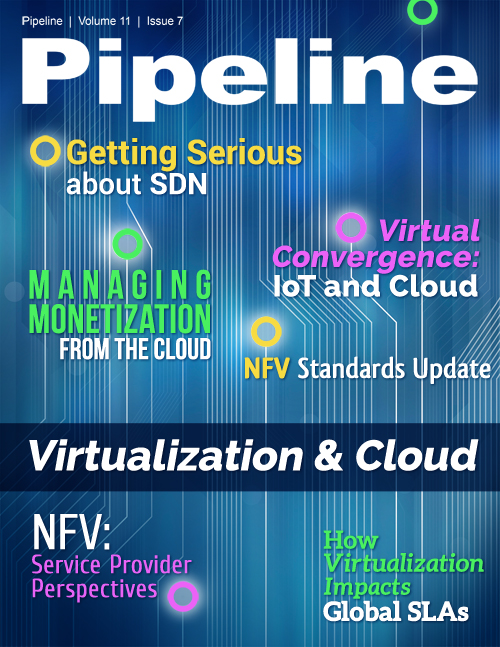Getting Serious about SDN in 2015
By: Nancee Ruzicka

Think about this. More than half of the service providers surveyed at the recent SDN and MPLS International Conference in Washington, D.C., have implemented production software-defined networks (SDN), yet 70 percent of those same service providers don’t think their network teams are ready to make it work and nearly all (94 percent) believe that SDN requires new management tools and that existing systems won’t cut it.
How then does SDN become mainstream? While data center, network function virtualization (NFV) applications, and technology trials continue worldwide, there are still big questions about the software part of software-defined networking.
This brings us to orchestration. No one ever believed that orchestration wasn’t going to be a problem, it just wasn’t the problem of the network engineers and IT architects evaluating NFV. Since orchestration is an operational issue and operations is busy keeping the business afloat, SDN orchestration has been mostly relegated to the coffee break and happy hour conversations at SDN standards meetings and conferences.
Yet the primary responsibility of SDN is orchestration and integrated, global hybrid NFV networks absolutely will not work without it. Any serious discussion of widespread implementation of SDN in 2015 must address orchestration.
From Pilot to Production
There is a lot more to implementing a production SDN environment than managing a hybrid NFV and physical network. While that is a genuine challenge, the abstraction of the SDN orchestration layer makes managing the network part of SDN relatively easy. Tail-f, a company recently acquired by Cisco, has been doing this quite successfully for a number of years in both service provider and large data center environments. While there are a wide variety of virtual and physical elements to be managed, hardware and software vendors have done a pretty good job of publishing the interfaces.
On second thought, a bigger challenge may lie with those darn customers and the software part of SDN. What kind of orchestration will be required to
integrate with existing inventory, ordering, product catalog, CRM, fulfillment, billing, support, policy, sales, financial, and every other system that currently sends data to or receives data
from the network? Getting serious about SDN means getting serious about OSS/BSS integration and application program interfaces (APIs) that collect and disseminate critical data to all the
operational and business support systems north of the network.
Service providers are completing trials and developing an understanding of the value of NFV. They are also realizing that the only reliable way to rapidly create products that combine physical and virtual devices is with an SDN orchestration layer that abstracts management of the hybrid network environment from the devices and automates the configuration and provisioning processes. So far, so good. Yet, there is every reason to believe that service providers will approach this obstacle the same way they have greeted network upgrades and innovations in the past: install a new OSS/BSS stack.
And while that approach has worked pretty well in the past, the notion that all of the functionality used to deliver and support existing services and revenue streams is either not needed or can be easily “integrated” is ridiculous. Unlike previous iterations where new services were launched using a separate network overlay, NFV alone is not a new service. SDN orchestration is needed to marry NFV with existing network, service, and customer elements to create and deliver new products.




















